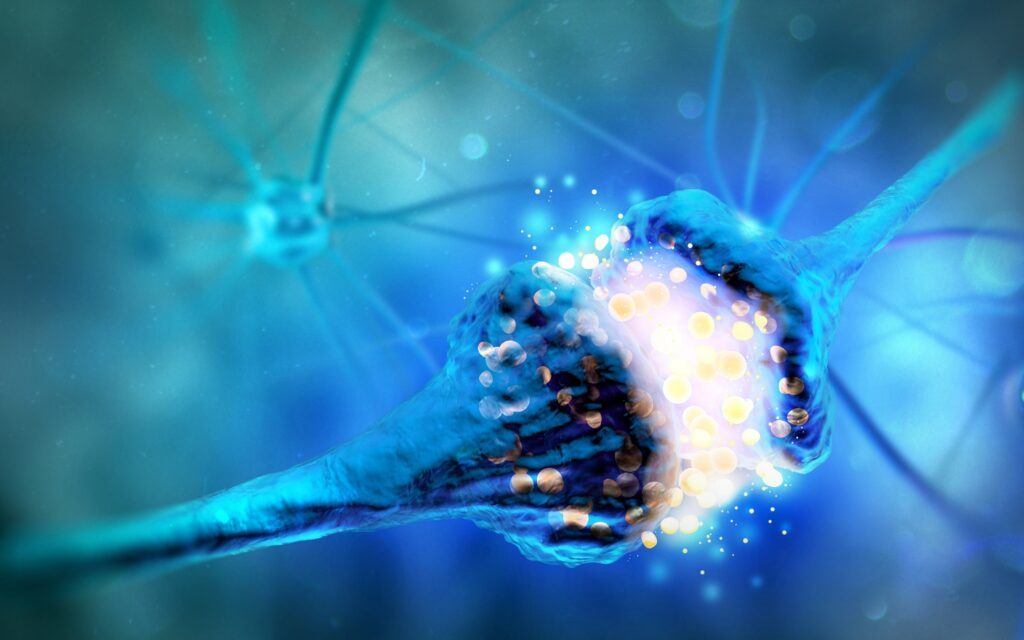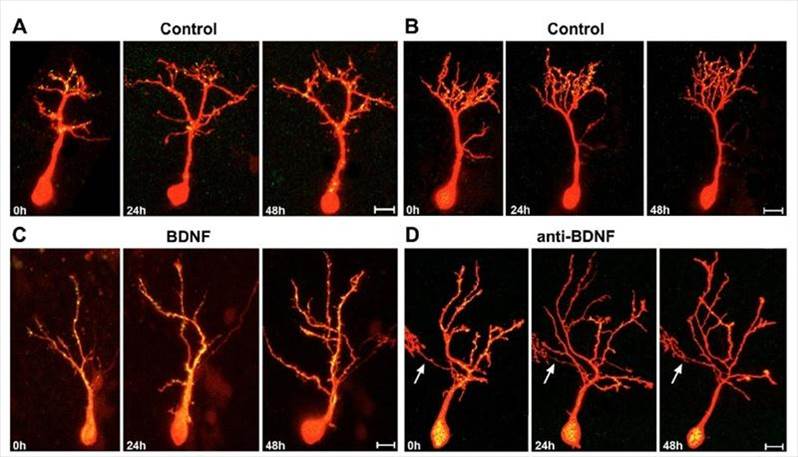
Doing exercise means using the brain
It was not long ago when the scientific circles accepted the fact that new nerve cells are produced in the brain. Up until the mid-1990s, scientists thought that the loss of nerve cells in the brain was permanent. Thanks to advanced brain imaging systems and an in-depth understanding of biochemistry, however, researchers now acknowledge the fact that the effect of exercise on the brain is much more profound and complex than they thought it would be. Animal studies in the last decade have shown that exercise triggers the production of nerve cells in certain parts of the brain.
Humans are no exception. According to a study by Fred Gage at the bioengineering research powerhouse Salk Institute and Scott Small, three-month exercise led to new nerve cell production in all study subjects. In particular, the person who showed the highest improvement in the cardiovascular system yielded the best result in nerve cell production.
There are many results that show exercise influences cognitive abilities as much as it influences the muscles. University of Illinois kinesiology and community health professor Charles Hillman measured the body mass index of 259 elementary year 3 and 5 students in the State of Illinois, had them undergo basic workouts, and compared their motor, math, and reading abilities with others. The results showed that children with better motor abilities scored a higher intelligence quotient.
Then what changes does the brain experience when we work out? When we do aerobic exercise, the heart supplies a load of the bloodstream to the whole body, including the brain. The more the bloodstream, the more oxygen, and nutrients are supplied to the brain cells. This means regular exercise leads to increases in the brain-derived neurotrophic factor (BDNF) level.
According to Dr. Fernando Gomez-Pinilla, a neuroscientist at UCLA, a brain with a higher BDNF level has a bigger capacity to take knowledge, whereas a brain with a lower BDNF level refuses to take new information. For this reason, people with genetic defects to produce BDNF experience difficulties in storing new information in the brain and recalling memories.

Exercise: the fundamental mechanism to bring changes to the brain
Scientists have focused on pinpointing where in the brain new nerve cells are grown when exercising. In the study by Small and Gage, new nerve cell production induced by exercise was evident in one location: the dentate gyrus of the hippocampus that regulates learning and memory.
Professor Arthur Kramer at the University of Illinois harnessed the power of advanced brain imaging to demonstrate that exercise enlarges the frontal lobe. As widely known, the frontal lobe is in charge of higher-order functions such as decision-making, multi-tasking, and planning. In dozens of studies on men and women in their 60s or 70s, Kramer found that exercise such as walking at a quick pace improved these higher-order functions of the brain. The subjects scored higher in post-workout psychological tests and were able to give more accurate and instant answers to questions. BDNF does not simply slow down the aging process. It reverses the process, says Professor Kramer.
These findings are unfailing evidence that exercise leads to nerve cell production in the hippocampus, the frontal lobe, and the cerebellum. But does this mean no effect on other parts of the brain? There has been no report on the production of new nerve cells in these parts, but they do benefit from collateral effects.
Dr. Scott Small, a neurologist at the Columbia University Medical Center says exercise leads to increased bloodstream in the brain. When new nerve cells are produced in whichever parts of the brain, this is accompanied by new microvascular creation. You have fewer micro-strokes that unknowingly occur and damage cognitive abilities when you work out, says Dr. Kristine Yaffe, a neurologist at the University of California San Francisco. It is also known that hard-exercising adults have less inflammation in the brain and show higher levels of neurotransmitter delivery.
A group at the University of Dusseldorf published a paper that showed the brain shrinks without exercise. Lacking exercise leads to insufficient blood sugar intake, which is essential for the brain, hence shrinkage in the hippocampus that regulates memory. This suggests that if you want to keep your brain fully functional, you will have to do regular exercise. Illinois University psychologist William Greenough said that while new nerve cells and connections between them would last for years, astrocytes (an assistant to the nerve cells that cleans after the delivery of neurotransmitters between cells) shrink and the nerve cells are no longer active if you do not exercise for a month.
Move your body, and your thoughts move
In his book Brain: Birth of Thinking, Dr. Park Moon Ho says consciousness was created resulting from the primitive brain keeping moving to forage. In the course of evolution from unicellulars to multicellulars and vertebrates, the brain acquired the sensory functions to decide on the direction and level of movement and the conscious functions to judge, predict, and plan.
From this point of view, the development of the brain function is a process to adapt to the environment. Indeed, a sea squirt swims in the sea in the larval stage and grows into an imago when it is attached to a rock. Once it is attached and has no need to move, it devours and digests its notochord and spinal cord. An immobile animal does not need a brain.
Move your body, and your thoughts move, says US molecular biologist and neuroengineer John Medina. He observed cases of remarkable improvement in cognitive abilities from lifelong exercisers and recommended steady, regular exercise to improve the brain.
Humans are programmed to do physical activities, says Professor Frank W. Booth at the University of Missouri Columbia. We are living in times where we work out to train our brain.
(The article was originally published in Brain Vol. 79.)

